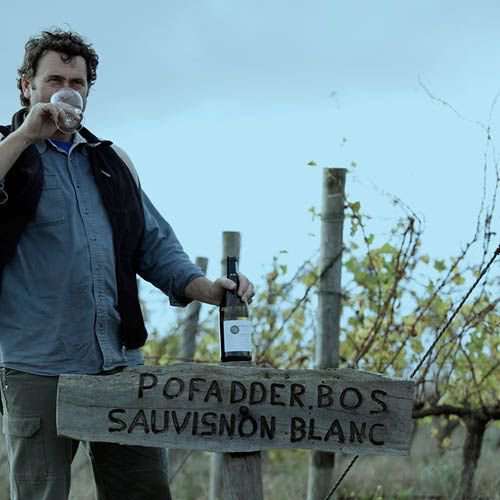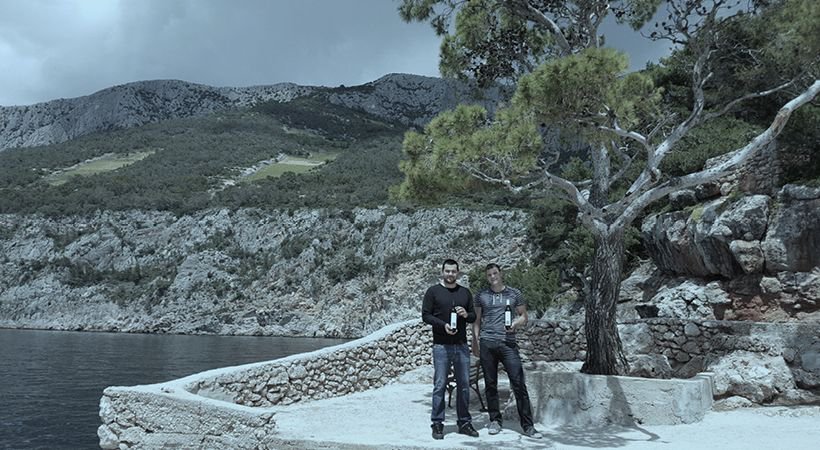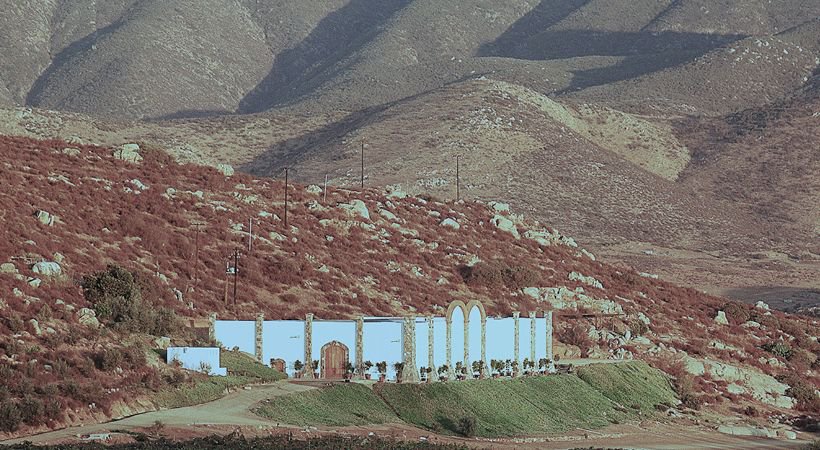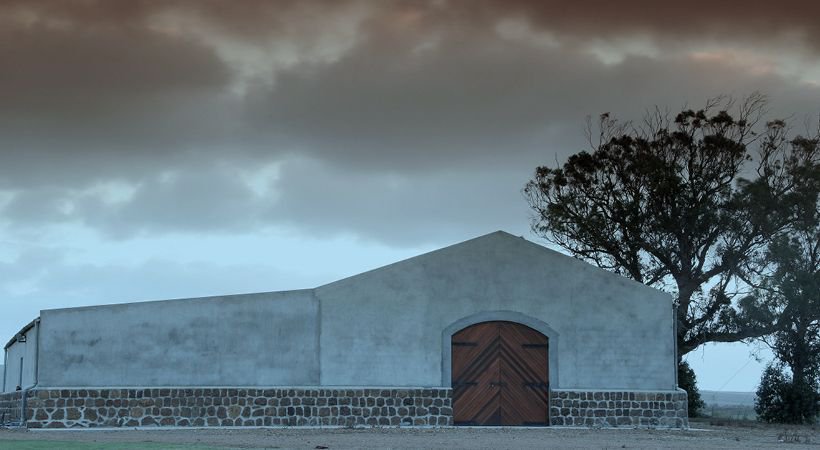Stay abreast of COVID-19 information and developments here
Provided by the South African National Department of Health
Wine regions you’ve
probably never heard of
Myanmar, Croatia, Greece … A clutch of cheeky – and rather unusual – upstarts are adding a twist to global winemaking and appreciation. Whether you’re packing your passport or expanding your cellar, these exciting new wine regions are sure to tantalise the palate.

Appreciating Strandveld wines
Burgundy. Rioja. Margaret River. Champagne. Chianti. Napa Valley. Mosel. Alsace.
They’re among the world’s great wine regions, home to estates spoken of in hushed tones and iconic wines held over for special occasions.
And while it’s easy to name-drop the likes of Screaming Eagle or Romanée-Conti at that next power lunch, how about asking the sommelier for their finest assyrtiko, bogdanuša or Mexican tempranillo instead?
Just as South Africa’s Swartland and France’s Languedoc-Roussillon have stepped up and made a name for themselves, so lesser-known wine regions worldwide are proving they’re worth your attention. These five newcomers are worth a sip.

While the seaside villages and idyllic scenery have made Croatia a tourist hotspot in the eastern Mediterranean, the islands of the Dalmatian Coast also offer some of the country’s finest wines.
There are more than 300 designated wine regions across Croatia, where the winemaking tradition dates back some 2 500 years, but far and away the best place to combine scenery, culture and cuisine with an excellent glass of wine is on the islands of Vis, Hvar and Korčula.
Around two thirds of the wine produced in Croatia is white – a blessing when travelling through these islands renowned for their seafood. Bogdanuša, grk, pošip and maraština are just a few of the common cultivars in this corner of southern Dalmatia, but also worth a sip is plavac mali. Descended from zinfandel, it’s a red wine much loved by locals.
Speaking of the locals – don’t be surprised if you find them topping up their wine glass with a little water. During the day islanders are partial to ordering a gemišt (white wine and sparkling water) or bevanda (red wine and still water) with their lunch. We suggest you do the same.

Just south of the US border you’ll find travellers flocking to the hottest new wine region on the West Coast of North America.
Vines have been planted in this corner of the northern Baja Peninsula for close on a century, but it’s only in the past decade or two that Valle de Guadalupe has become a hot ticket for discerning travellers drawn by the lack of crowds, design-focused wineries and farm-to-table food offerings. And, of course, the great wine.
With the warm climate, it’s little wonder that Mediterranean cultivars do best here, with plenty of tempranillo, grenache and syrah vineyards in the ground.
Lomita is a good first stop, with owner Fernando Pérez Castro producing a range of Mediterranean-inspired wines well suited to the spicy fish tacos dished up at the restaurant at the back. Decantos Vinícola is worth a visit for the striking modern architecture alone, while Monte Xanic is one of the largest producers in the valley, and is best known for its award-winning white wines. Also on your list should be Finca La Carrodilla, which produces the region’s first certified organic wines.
Famous for its postcard sunsets and donkey rides, the southern coastline of this ancient Aegean island is also a fine destination to discover the quintessentially Greek grape, assyrtiko.
Santorini is a tough place to be a winemaker. The rocky volcanic soils mean everything must be done by hand, or donkey, and yields are low. And forget about neat and tidy trellising. Here the vines are planted using a method known as koulara, with the stems twisted into a basket shape that protects the vine from the heat and wind, and captures precious moisture from morning dew and sea mists. Because the vines are ungrafted, some may be as old as 250 years.
These harsh conditions result in assyrtiko’s trademark minerality infused with notable citrus aromas. It’s typically a bone-dry white wine, although it’s often blended with two other local cultivars, approachable athiri and aromatic aidani.
Also worth a taste is the vinsanto, a sweet dessert wine unique to Santorini that’s often barrel-aged for more than 20 years before bottling.
Myanmar, the country formerly known as Burma, has many attractions that make it worth a visit: the bustling capital Yangon, the temple-strewn plains of Bagan, and the charming streets of Mandalay. But wine?
In what comes as a pleasant surprise for many visitors to the Inle Lake region in scenic Shan State, Myanmar is home to a pair of wineries. Despite the myriad challenges of cultivating vines in the humid tropics, Red Mountain Vineyards and Myanmar 1st Vineyard Estate have vineyards of pinot noir, shiraz, tempranillo, chenin blanc and chardonnay planted in the lush forested hills surrounding Inle Lake.
While the wines are unlikely to make the Bordelaise fear losing their market share any time soon, the wines of Myanmar are worth a taste for curious travellers.

Closer to home, if you’re looking to escape the tourist bustle of Stellenbosch and Franschhoek, point your nose south to discover the burgeoning vineyards scattered from Elim to the Breede River.
It’s only been 20 years since the first vines were planted near the mission village of Elim, close to Cape Agulhas, but the likes of Strandveld Vineyards, Ghost Corner and Black Oystercatcher are already renowned for their top-notch sauvignon blanc, packed with minerality and racy acidity.
Further east, architect and winemaker David Trafford has proven the potential of the southern Cape, with his Sijnn Wines garnering numerous accolades since he first planted vines on the banks of the Breede River back in 2004. Look out for his superb Sijnn White, a blend of chenin blanc, viognier and roussanne.
Outside the wheat-farming town of Riversdale, Baleia Bay winemaker Abraham de Klerk is also overturning convention, producing superb chardonnay and pinot noir from vineyards planted in the Duiwenhoks valley.
The best winemakers have a ready sense of adventure when it comes to winemaking, and so should wine-lovers. And just as the palette of new cultivars available on local shelves continues to grow, so the geographical spread of wine-worthy regions keeps on expanding. Next time you’re stocking your cellar, take a sip off the beaten track.
We can help you maximise your returns through an integrated investment plan tailor-made for you.
Niel Laubscher has spent 10 years in Investment Management.

Have a question for Niel?
South Africa
South Africa Home Sanlam Investments Sanlam Private Wealth Glacier by Sanlam Sanlam BlueStarRest of Africa
Sanlam Namibia Sanlam Mozambique Sanlam Tanzania Sanlam Uganda Sanlam Swaziland Sanlam Kenya Sanlam Zambia Sanlam Private Wealth MauritiusGlobal
Global Investment SolutionsCopyright 2019 | All Rights Reserved by Sanlam Private Wealth | Terms of Use | Privacy Policy | Financial Advisory and Intermediary Services Act (FAIS) | Principles and Practices of Financial Management (PPFM). | Promotion of Access to Information Act (PAIA) | Conflicts of Interest Policy | Privacy Statement
Sanlam Private Wealth (Pty) Ltd, registration number 2000/023234/07, is a licensed Financial Services Provider (FSP 37473), a registered Credit Provider (NCRCP1867) and a member of the Johannesburg Stock Exchange (‘SPW’).
MANDATORY DISCLOSURE
All reasonable steps have been taken to ensure that the information on this website is accurate. The information does not constitute financial advice as contemplated in terms of FAIS. Professional financial advice should always be sought before making an investment decision.
INVESTMENT PORTFOLIOS
Participation in Sanlam Private Wealth Portfolios is a medium to long-term investment. The value of portfolios is subject to fluctuation and past performance is not a guide to future performance. Calculations are based on a lump sum investment with gross income reinvested on the ex-dividend date. The net of fee calculation assumes a 1.15% annual management charge and total trading costs of 1% (both inclusive of VAT) on the actual portfolio turnover. Actual investment performance will differ based on the fees applicable, the actual investment date and the date of reinvestment of income. A schedule of fees and maximum commissions is available upon request.
COLLECTIVE INVESTMENT SCHEMES
The Sanlam Group is a full member of the Association for Savings and Investment SA. Collective investment schemes are generally medium to long-term investments. Past performance is not a guide to future performance, and the value of investments / units / unit trusts may go down as well as up. A schedule of fees and charges and maximum commissions is available on request from the manager, Sanlam Collective Investments (RF) Pty Ltd, a registered and approved manager in collective investment schemes in securities (‘Manager’).
Collective investments are traded at ruling prices and can engage in borrowing and scrip lending. The manager does not provide any guarantee either with respect to the capital or the return of a portfolio. Collective investments are calculated on a net asset value basis, which is the total market value of all assets in a portfolio including any income accruals and less any deductible expenses such as audit fees, brokerage and service fees. Actual investment performance of a portfolio and an investor will differ depending on the initial fees applicable, the actual investment date, date of reinvestment of income and dividend withholding tax. Forward pricing is used.
The performance of portfolios depend on the underlying assets and variable market factors. Performance is based on NAV to NAV calculations with income reinvestments done on the ex-dividend date. Portfolios may invest in other unit trusts which levy their own fees and may result is a higher fee structure for Sanlam Private Wealth’s portfolios.
All portfolio options presented are approved collective investment schemes in terms of Collective Investment Schemes Control Act, No. 45 of 2002. Funds may from time to time invest in foreign countries and may have risks regarding liquidity, the repatriation of funds, political and macroeconomic situations, foreign exchange, tax, settlement, and the availability of information. The manager may close any portfolio to new investors in order to ensure efficient management according to applicable mandates.
The management of portfolios may be outsourced to financial services providers authorised in terms of FAIS.
TREATING CUSTOMERS FAIRLY (TCF)
As a business, Sanlam Private Wealth is committed to the principles of TCF, practicing a specific business philosophy that is based on client-centricity and treating customers fairly. Clients can be confident that TCF is central to what Sanlam Private Wealth does and can be reassured that Sanlam Private Wealth has a holistic wealth management product offering that is tailored to clients’ needs, and service that is of a professional standard.